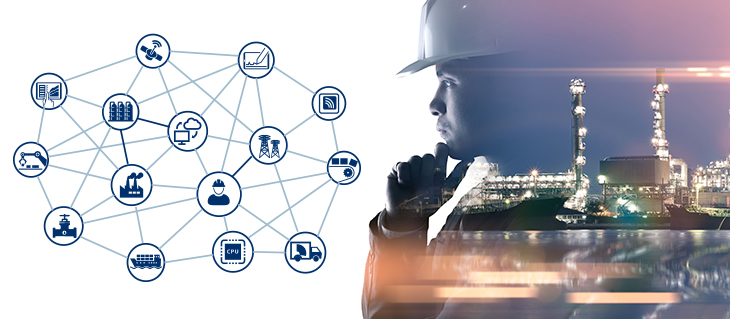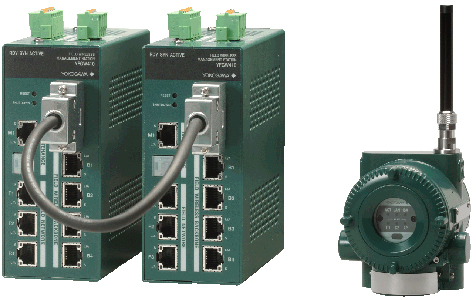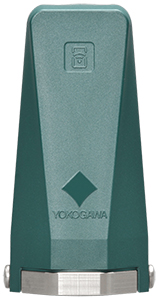Pressure Transmitters
The accurate and stable measurement of process pressure with Yokogawa Pressure Transmitters supports the safe, reliable, and profitable operation of your plant.
Learn More >>Sensing technology is evolving in line with advancements in process automation, resulting in more capable and better-networked sensing devices. Sensors are being deployed in companies across a swathe of industries including those in oil and gas, petrochemicals, chemicals, electric power, pulp and paper, pharmaceuticals, food, iron and steel, water supply and waste-water treatment, and metal, among others. Industrial advancements have paved the way for an exclusive class of sensors. As the transition to digitalization accelerates, the need for greater process automation, an enhanced ability to detect abnormalities, and predictive maintenance capabilities are driving an unprecedented adoption of sensing technology.
Despite their miniaturization, today’s sensors are extremely powerful and receptive. They have low failure rates, and consume less power than ever before. In the near future, enterprises can expect greater miniaturization and further advances in electronics from sensors, as well as lower prices, improved capabilities that ensure they consume less power, greater responsiveness, and a higher tolerance to failure.
Many process plants have already installed sensors and digitized operations for process control. They have connected major processes in their plants, and can detect, report, and analyze data to achieve higher levels of process efficiency. The next challenge is to derive value from sensemaking, not mere sensing. Achieving increasingly profitable and sustainable operations requires more fully utilizing high-fidelity plant data, which has been gathered more extensively.

Yokogawa is at the forefront of these innovations, and offers comprehensive solutions for a plant’s operational technology (OT) and information technology (IT) needs. These solutions leverage the deep domain knowledge required to analyze both data and overall process flows to create more optimal models. By deploying predictive maintenance and operations with advanced analytics, industrial plants can drive significant returns from operational optimization.
Yokogawa's line of wireless solutions includes "Field Wireless", which are compliant under the ISA100.11a* as an operational technology sensor; and the “Sushi Sensor”, which is an industrial IoT solution.
Yokogawa offers field wireless systems that comply with the proven and highly reliable ISA100 Wireless standard and help ensure stable and safe plant operations. Reliable and scalable field wireless network infrastructure, combined with a variety of sensors, offers the perfect solution to monitor and control plant operations.
Yokogawa's specialized Sushi Sensor is a wireless solution for IIoT. It uses LoRaWAN, a low-power wide-area (LPWA) wireless data communication protocol. Optimized for IIoT applications, the Sushi Sensor enables online monitoring of an equipment's operating conditions, which helps improve asset maintenance and prevents failure by detecting abnormalities at an early stage.
Learn about ISA100 Wireless solutions “Field Wireless” here.

Learn about wireless IIoT solution “Sushi Sensor” here.

* Wireless communications standard ISA100.11a is approved by the International Electrotechnical Commission (IEC) as the IEC 62734 international standard.